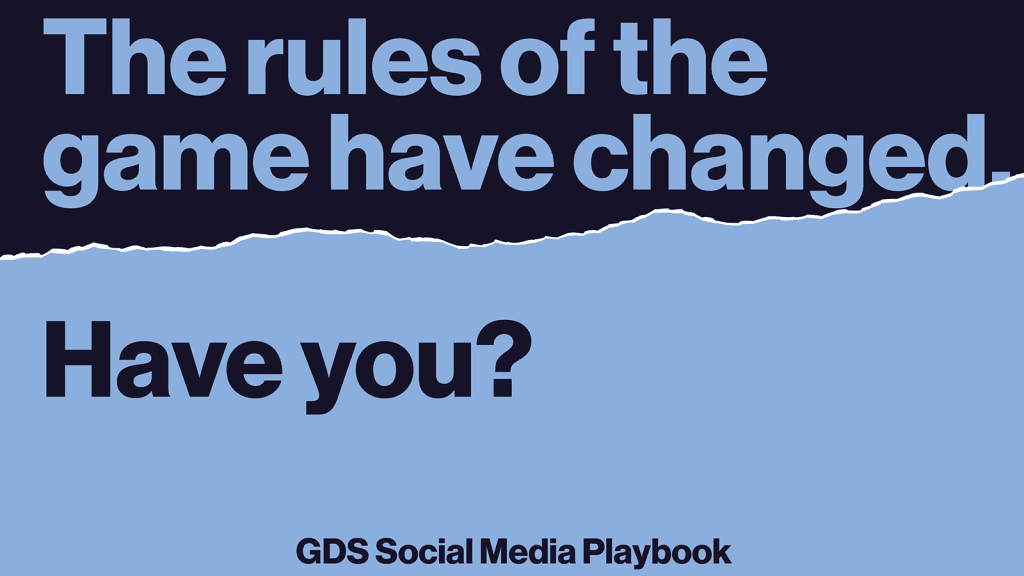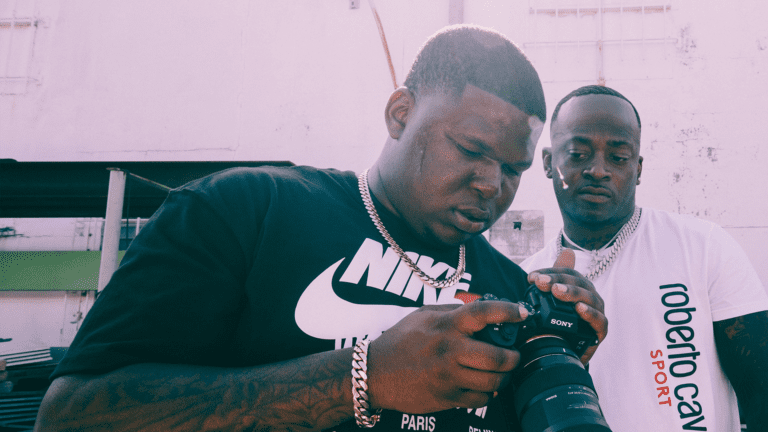Why the best campaigns depend on creative strategy
When we say social moves fast, we really mean it. It touches everything from our work to roles in the industry. And with these changes come a need to evolve beyond binary marketing models. What’s the better approach, creative or strategic? At SocialChain, it’s both.
Jake Thompson, SocialChain’s own senior creative strategist, joined the Social Minds podcast to chat about the importance of creative strategy and what brands can do to improve theirs.
“When I started six years ago, most social media professions were generalists,” says Jake. “But at traditional advertising agencies, most of which are now over 50 years old, the need for specialist roles became apparent over time – it’s exactly the same for social media.”
Admittedly, the role of creative strategist is an expansive one. The role might look completely different between businesses. At SocialChain, Jake’s role is to translate the brief to our creative and distribution teams, seeing it through at every stage of the process. In simple terms: “I help brands figure out what to say and how to say it.”
Perhaps in part due to its multifaceted nature, it’s difficult to describe the relationship between the role’s two approaches: creative and strategy. From an advertising perspective, it’s effectively a blend of emotion and logic. These are two traditionally opposing worlds, but they support each other. If campaign creative is a house, strategy acts as the unseen foundations upon which to build.
Ultimately, creative strategy is needed because it gives purpose to your advertising. Even the best creative is redundant if there’s no reason for it to exist.
“Creative is the only thing that really matters. But good creative depends on a solid strategy that guides your message, is on brand, and lets audiences resonate.”
Part of this strategy relies on knowing three things: your brand, creative and strategic idea. Your brand idea encapsulates your brand in its simplest form: “finger lickin’ good” chicken for KFC or Instax’s “don’t just take, give”. Your strategic idea is the way you choose to bring your brand idea to life in all areas from social to out-of-home advertising. It can be a single aspect of the customer experience, from how people use your product to your packaging. Combine these two objectives and you have a creative idea – a campaign proposition that serves your brand and strategic purpose and can live in many different places.

From here, develop a brief. If there’s one thing to take away from Jake’s insight, it’s that a solid brief is foundational to any creative project. His tips went beyond the usual pointers, taking us through his three-step approach to a winning brief.
Start by embedding yourself in your brand. It might sound obvious, but even the most seasoned creatives will find something to learn from thorough research. Know your brand inside and out.
Then, zoom out; look to your competitors or similar campaigns to decipher your place in the industry. Who’s doing it well – and how are they doing it?
Last but not least, get inside your audience’s head. Media behaviours and usage habits can only take you so far. Your advertising appeals when you tap into the things people truly care about – and resist the things they don’t.

That said, creative strategy shouldn’t be reserved solely for campaigns. Use it to align your BAU content, bringing purpose across the board. To this end, develop a social playbook that lays out content pillars, production plans, community management guidelines and budget. See your underlying brand message as the thread of continuity linking it all together.
Herein lies the challenge for creative strategists – keeping messaging consistent yet flexible, so audiences are always coming back for more. KFC is synonymous with fried chicken, but that doesn’t mean KFC should devote all of its tweets to trying to get people to correctly guess eleven herbs and spices.
“When you speak as a brand, you’re playing a character. If you’re not consistent, the facade falls apart.”
What you say is as equally important as how you say it. Your tone of voice is a distinct brand asset: think of Ryanair, the self-deprecating airline delivering playful comebacks to customers who complain about limited legroom on Twitter. Or Thursday, the tongue-in-cheek dating app fond of a LinkedIn innuendo.
There is a fine line, though, between owning that cheeky persona and making ‘branter’ (brand banter) your entire brand personality. Giving your two Twitter cents on a viral branter moment might seem like too good an opportunity to pass up, but as Jake explains, it’s a short-lived high. When Campaign asked marketing experts whether ‘branter’ could build long-term brand value, most were inclined to disagree – plus if it flops, it’s just awkward.
Branter aside, what else can brands do to improve their creative strategy? According to Jake, it all comes back to that stellar brief.
Brands entrusting agencies with creative projects at any scale shouldn’t hold back on their own input – they live and breathe the brand. By doing this, you foster the best relationships possible. You are their best resource; when used efficiently, the output will be all the better for it.
How to implement creative strategy across campaigns and beyond:
- Don’t let the brief lose sight of its human truth. The best creative ideas work because they resonate with audiences.
- The better you make your brief, the better the end result will be. Free articles, online courses and workshops will help to this end.
- Don’t hand over tasks incrementally to different people. Let one person see the brief through from beginning to end to keep it on track.
- Ensure the understanding of the brief is consistent across the board. If teams interpret the brief differently, responses won’t marry up.
- ‘Branter’ seems a tempting trend to jump on, but it’s not sustainable in the long-term and can come off desperate if it doesn’t work.
- Your tone of voice is a distinctive brand asset. Imagine profile avatars didn’t exist. How can consumers know exactly who you are using words alone?
- Research your brand, category and audience. Then let these findings inform your campaign criteria.




